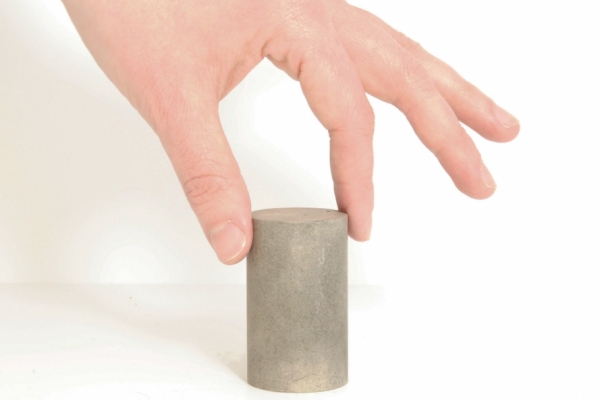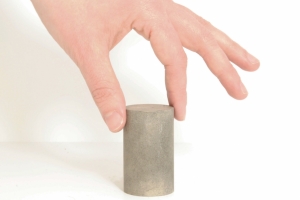
Create a selection
Although aluminium is the third most abundant element in the earth’s crust, its existence wasn’t established until 1808, and even after that it took many years of research to ‘unlock’ the metal from one of its ores, bauxite. As a result, aluminium is a relatively young metal in comparison to gold, copper and even steel. It was made for the first time in 1825 in Copenhagen by H. C. Oersted but since its commercial production was reliant on the development of electrolysis was only produced in significant quantities from the 1880s onwards.
Because of its extraordinarily light weight and strength, aluminium has become a very popular metal and is used in volumes second only to steel in all areas of modern life from car bodies to drinks cans. It also transmits conducted heat and reflects radiant heat, making it a favourite material for cooking utensils, kitchen foil and building insulation.
Although efforts have been made to make production processes more efficient over the years, aluminium requires a huge amount of energy to extract it from its ore by electrolysis, and only melts at 2000 degrees. However, its environmental credentials are helped by the fact that it is, in theory, 100% recyclable and that recycled aluminium uses about 5% of the energy needed for virgin aluminium. The energy required for its initial production can also be offset over time by the energy saved in use -for example, through fuel savings gained by using lightweight aluminium in a car body instead of heavier steel.
Sample ID: 50
Particularities
- Selections
- Categories
- Metal
- Curiosities
- Relationships
- Conductive | Electrolysis | Energy-intensive | Light | Metal | Recyclable | Reflective | Silver | Strong | White
Add materials you find interesting to your own selections.
Use the  button to select a material and get started.
button to select a material and get started.



